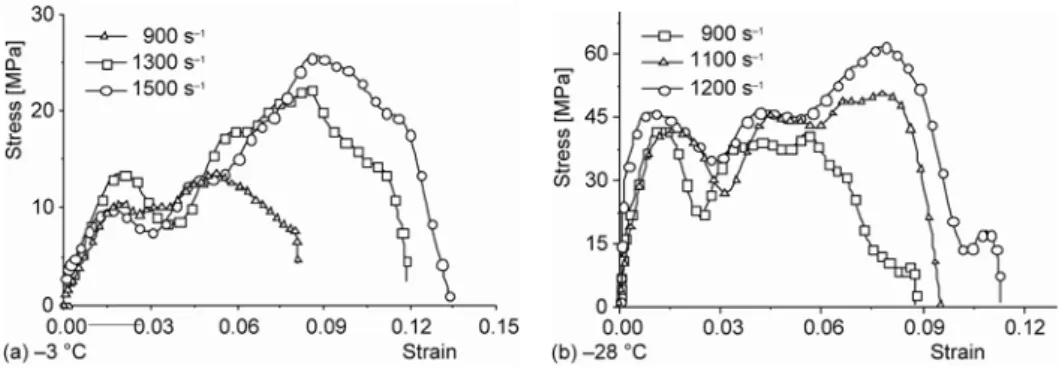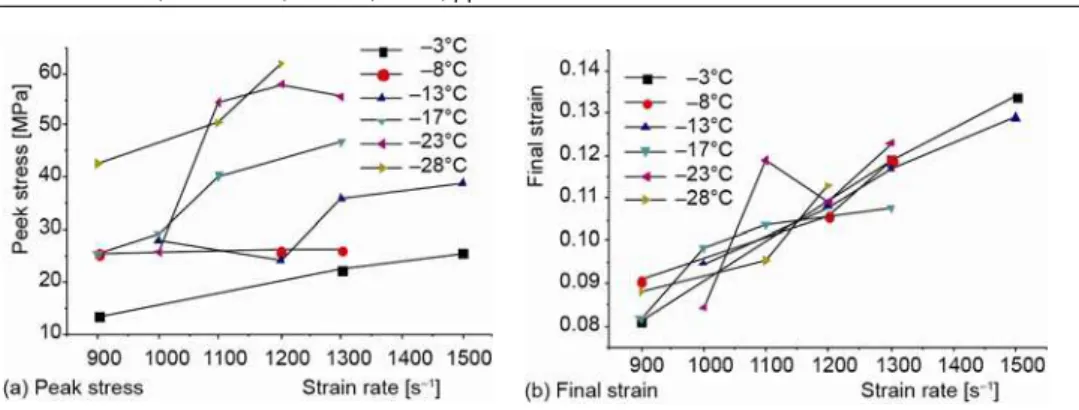Evaluation of thermal effects and strain-rate sensitivity in frozen soil
Texto
Imagem



Documentos relacionados
The morphologies of the 20° testing specimens (figure 12(a)) un- der different strain rates shows that the higher the strain rate, the more serious the damage of the testing
The results of stress relaxation and creep tests of the sciatic nerve in the different groups showed that at 7200s, stress loss and strain increase for the sciatic
CSJ-3 were investigated in batch fermentation, and the maximum yield of acetic acid reached up to 0.49 % during 30 h cultivation under the optimum growth condition,
Figure 8: The true stress-strain curves of Ti-6Al-2Zr-1Mo-1V alloy under diferent temperatures and diferent strain rates where the solid curves are experimental data and the
The microstructures at different deformation conditions (temperatures and strain rates) were observed to validate the processing maps.. On the basis of microstructure observation
The irst part of the low stress curves, shown in Figure 1, indicted high levels of strain hardening coeicient ( h ) at low temperatures and high strain rates, determined
Many studies focused on the dynamic behavior of materials in the lower strain-rate and moderate strain-rate range (weak sensitivity area and strong sensitivity area) [Wang and
)LJXUH 6WRUDJHPRGXOXV versus strain in different frequencies at 35 ºC... elastic component of a material is obtained by the stress ratio from each strain, therefore, if the